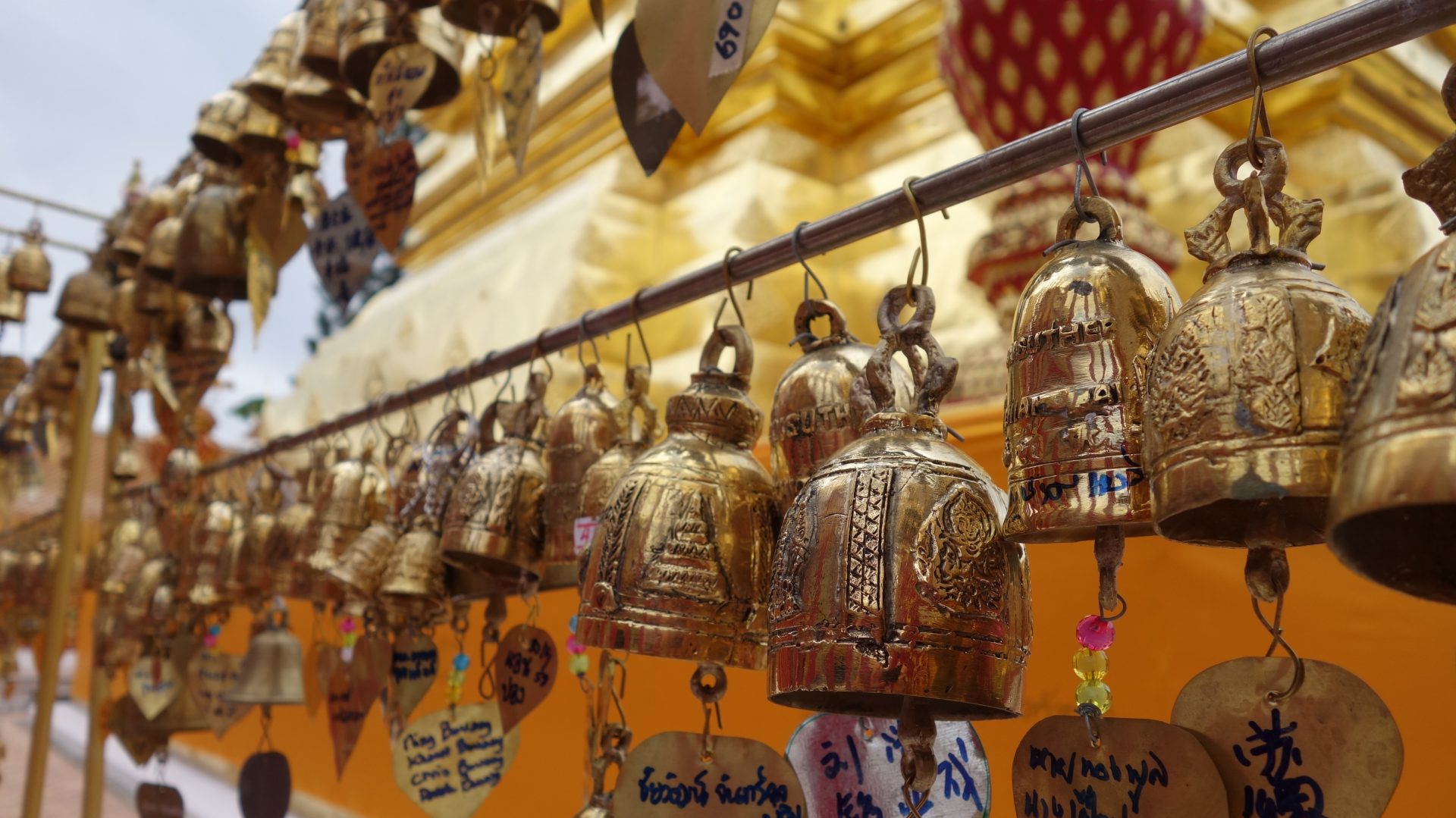It looks like nothing was found at this location. Maybe try one of the links below or a search?
Heidi Connal
Executive Coach, Adventure Traveler, Gratitude Finder


It looks like nothing was found at this location. Maybe try one of the links below or a search?